There's been a lot of talk about a looming potential recession, and it's not that hard to see why. From Big Tech layoffs and rising interest rates to the pressure that high grocery prices are putting on our wallets, the economy seems to be in a rocky place. In fact, a poll from the World Economic Forum found that two-thirds of economists think we're headed for a recession in 2023. So...yeah, not great.

Still, I was a little bit surprised (but not that surprised) when TikToks predicting the rise of recession-core fashion started to pop up on my For You page.
I saw it first in this video from late 2022 predicting the recession-core trend in 2023 as a natural progression from last year's indie sleaze revival. But the recession-core discourse really picked up steam after this year's Golden Globes when people commented on the lack of jewelry on the red carpet.
Stylists said death to the necklace tonight
Recalling a famous scene from The Devil Wears Prada in which Meryl Streep's character explains how everything in fashion is connected to everything, Delaney digs into the ways in which the rich have tended to change up their style during times when the average person is struggling. "The rich were still riching after the 2008 recession," she says, but points out that wealthy buyers shifted away from prominent logos and toward more quiet luxuries, like the minimalist Hermès Evelyne bag — which costs upward of $2,500 used and embodies the saying "Wealth whispers."
View this video on YouTube
As one commenter put it, "I feel like celebrities don't want to appear 'out of touch' so they don't want to be dripping in diamonds during a cost of living crisis." Which checks out, even though the rich are typically likely to get richer if a recession occurs.

So for the rich, recession-core means toning down the displays of wealth a bit, presumably so nonrich people feel less inclined to eat them. But for the rest of us, Delaney predicts that recession-core fashion means a shift away from the early pandemic's colorful and maximalist trends and toward more minimalist, subdued, and classic pieces, much like how the McBling era in the early 2000s gave way to post-2008 minimalism.
"During the pandemic, trends were super colorful, very maximalist. A lot of jewelry, and luxury fashion industry was booming. And now we're seeing quite a change," Delaney says. "Many consumers are opting for more timeless pieces, and looking for quality over quantity."
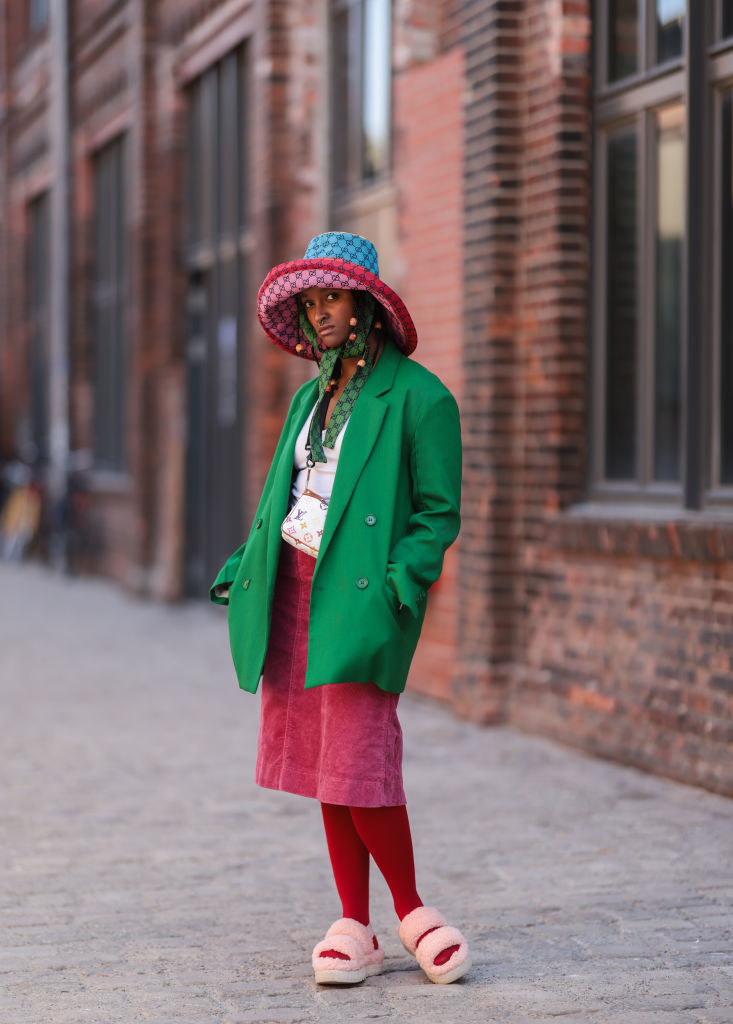
Delaney closes the video with, "In conclusion, I'm not sure what to think. Some people are saying, 'Lazy stylists.' Some people are saying heroin chic is back (which, why are women's bodies even a trend, anyways?). All I know is, fashion and politics and the economy all go hand in hand."
In the comments, there's a lot of dark humor as people react to this rather unsettling trend prediction.
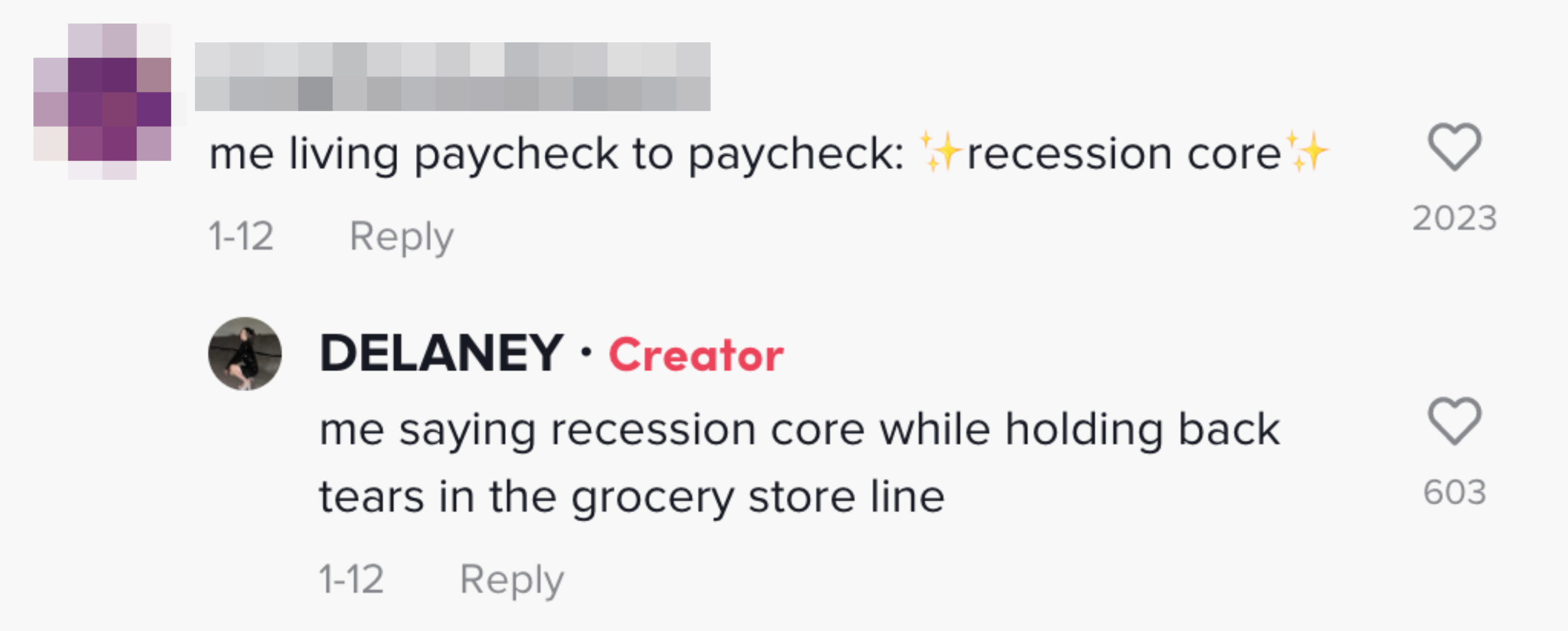
And several people also pointed out that there are other ways in which fashion and the economy tend to go together, such as the lipstick index. This is a phenomenon in which sales of cheaper items like lipstick tend to go up when the economy is not so hot because people still want to have a little treat.

Delaney told BuzzFeed, "I, like many others, have been experiencing the effects of the high cost of living and inflation. As a Gen Z person and someone who is 'chronically online,' I just think it’s funny to minimize my problems by making it a quirky slogan." Sometimes you gotta laugh so you don't cry.
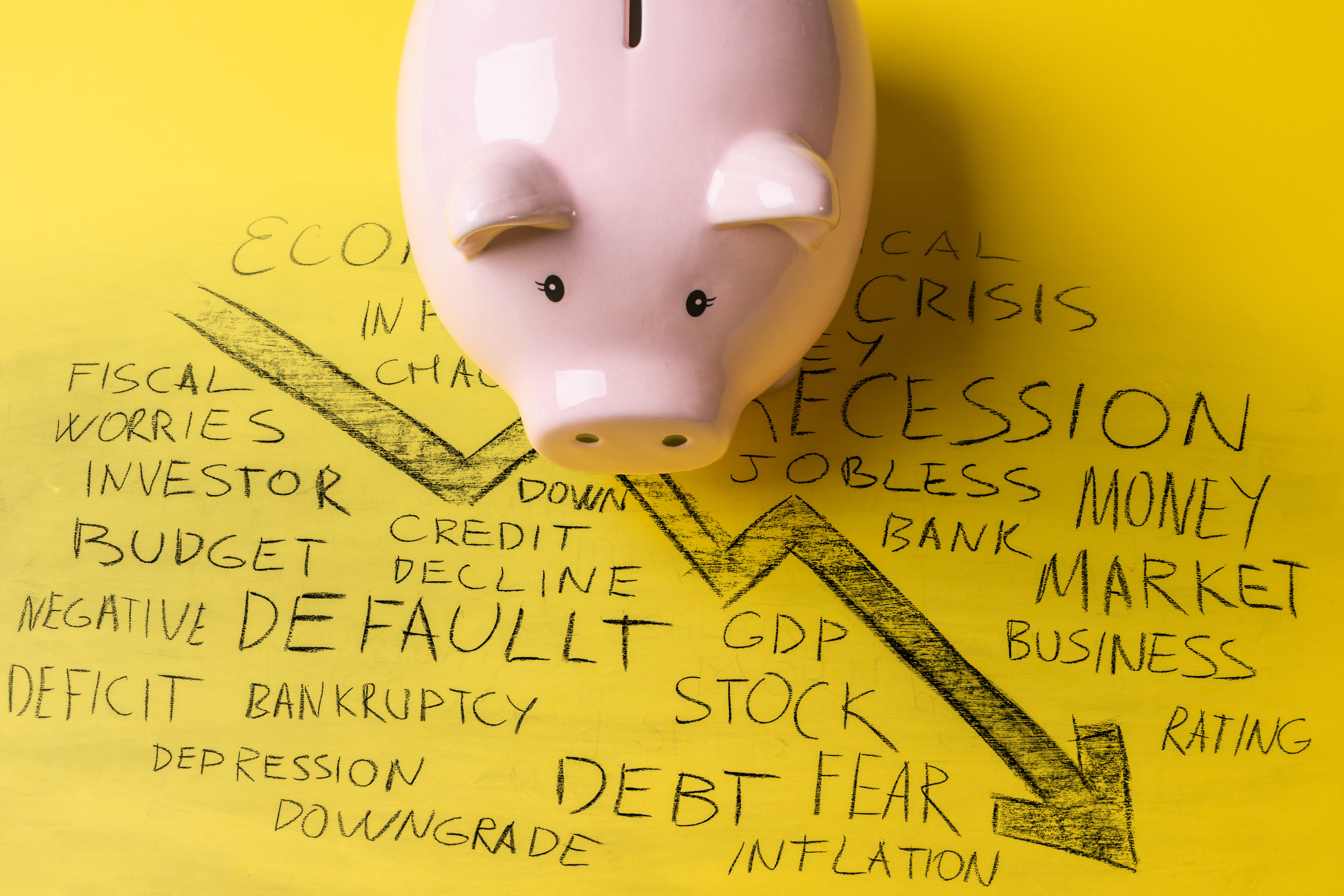
Delaney's prediction that the economy could spur fashionistas to return to basics, minimalism, and classic pieces made me think about one of my favorite podcasts, Articles of Interest, which explores the many secrets and stories behind the clothes we wear every day. In the latest season, the show covered the surprising history of what we used to call "preppy clothes" and now call "basics." So obvi, I had to reach out to host Avery Trufelman to get her take on the potential rise of recession-core.
Avery said that the comforting power of nostalgia is a big factor that can bring the classics back during turbulent times. "There was a huge rise in this style in the '70s, in large part because it was featured in movies like Animal House, American Graffiti, and Grease, all of which took place just a few years ago before the Vietnam War and the youth protest movement. Back to this idea of a time when things were 'simple.'"
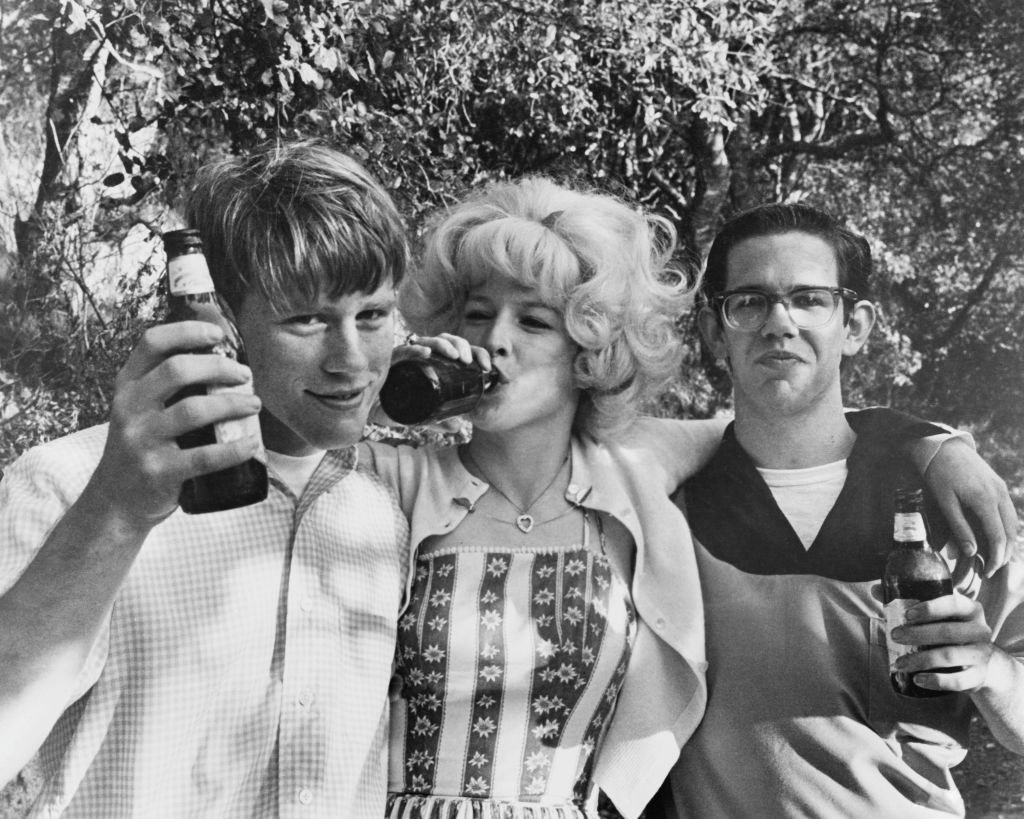
She continued: "More recently, during the 2008 recession, a number of laid-off bankers and financial sector workers sought to get jobs in retail — selling chinos at places like Brooks Brothers because, truly, dressing in the preppy way was all they knew outside of money-moving. But really? Classic dressing never went away. Tech founders were still wearing Everlane T-shirts at the height of the last boom."
But Avery's not so convinced that recession-core will really stand out as a trend in 2023: "As fashion writer Rachel Tashjian told me, the only trends right now are trends themselves." And with everything from hot pink Barbiecore looks to cyberpunk dystopian fashion coming into style, keeping up with what's "in" can feel like trying to keep up with a treadmill that keeps going faster and faster.
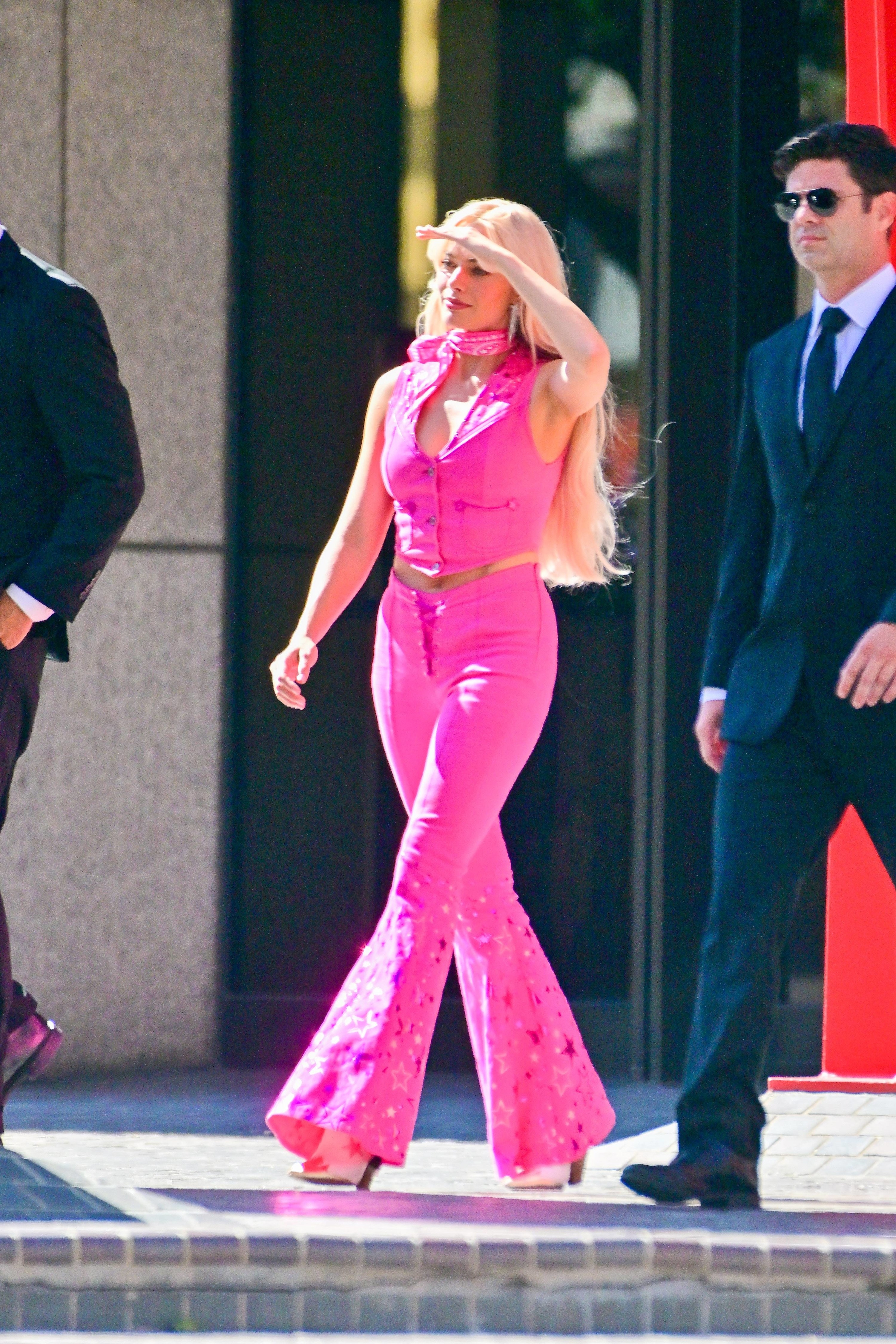
Delaney agrees that our current fast-moving trend cycle seems likely to continue. "We live in a world of overconsumption, fast fashion, and never-ending 'new' trends," she said. "Unless a massive shift of global concern about the effects of fast fashion occurs, companies will continue production, and consumers will continue these buying habits. However, with the high cost of living, I hope the sustainable fashion movement pushes that quality over quantity is actually the cheaper option."

She also hopes that the idea of recession-core will encourage people to be more thoughtful about their fashion consumption. For her part, Delaney is using this recession-core moment to focus on being frugal and making her closet more sustainable. "For me, recession-core is selling my less-worn pieces for extra money, getting my damaged items fixed instead of discarding them, and slowly curating a closet full of high-quality items that I know will serve me for years."


